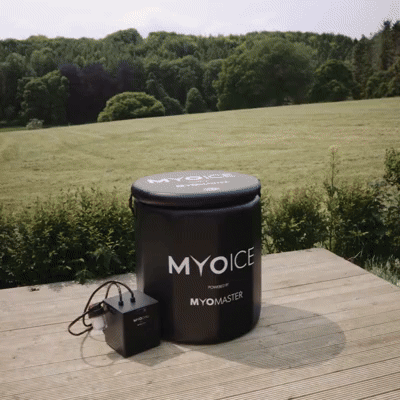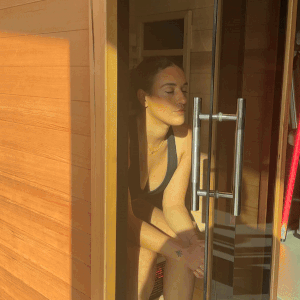The basics of Blood Flow Restriction training
Blood Flow Restriction (BFR) is a training and recovery method pioneered by Dr Sato in Japan during the early 1970s. It involves applying a pneumatic tourniquet to a limb and inflating it until it restricts the blood flow, causing blood to pool in the limb.
Dr Sato created the technique after realizing the blood was restricted to his legs while he was kneeling for long periods at the buddhist temple, he observed they would swell up similar to getting a pump from doing squats in the gym. He theorized that by restricting the blood flow into the limb it could aid in muscle development, he then spent the next several years binding different parts of his body and furthering this new technique.
BFR has now been studied widely by a number of different research institutions, all of them finding BFR to be highly beneficial for developing skeletal muscle, improving recovery times from injuries, increasing overall muscular hypertrophy while using it alongside resistance training and even improving aerobic capacity when combining it with aerobic exercise.
At MyoMaster, when we learned about how powerful BFR training was for recovery and improving physical performance, we created our own BFR device, the MyoCuff.
Blood Flow Restriction for Resistance Training.
Increases in strength and muscle hypertrophy by using BFR alongside resistance training have been extensively studied over the past 30 years. These include dynamic isotonic strength, isometric, isokinetic strength, and even the rate of force development/explosive strength capacity.
One of the major benefits of BFR resistance training is that you can achieve these strength and muscular gains with low load training, in essence you can lift significantly lighter weights to achieve the same results from max lifts. This is great for anyone coming back from injury looking to increase their strength or worried about getting injured. It should be noted however that with lower loads, the training frequency has to increase - so if you only did heavy squats once per week with standard heavy load training, with BRF you might have to lift twice or three times per week but with lower weights.
A standard BFR for resistance training protocol would look something like the following…
Frequency - 2 to 3 times per week.
Load - 20% to 40% of 1 rep max
Restriction time - 5 to 10 mins per exercise, remove the cuff between exercises.
Sets per exercise - 2 to 4
Reps per exercise - 75 reps broken down into sets (30, 15, 15, 15)
Rest between sets - 30 to 60 seconds
Total exercise time - 30 to 40 minutes
Blood Flow Restriction for Aerobic Training.
Increases in aerobic capacity have also been studied significantly, this adaptation is due to the muscle being deprived of oxygen (hypoxia) during the exercise and being forced to adapt accordingly, causing an acute up-regulation of protein signalling.
It should be noted that aerobic training conducted while using BFR would be considered very light work for many athletes, usually a gentle cycle or even walking. However, significant improvements in aerobic capacity have been proven using this technique even in trained athletes. For example, the intensity of BFR aerobic training should be at roughly 40% of your VO2 max and for no longer than 20 mins per exercise.
A standard BFR for aerobic training protocol would look something like the following…
Frequency - 2 to 3 times per week for more than 3 weeks.
Intensity - less than 50% of your V02Max
Exercise mode - cycling or walking
Total exercise time - 20 minutes per exercise
How to start using BFR training
At MyoMaster, we’ve made our MyoCuff with two different sized pneumatic tourniquets, one for the legs and one for the arms. This is important because the width of the tourniquet is important to how much blood can be let through and how comfortable it is to train with.
When you have the right sized tourniquet applied to the limb, inflating it to the correct pressure is the next task. Pneumatic pressure is measured in mmHg and while there is a very scientific approach to this to get the ‘perfect’ pressure, however this isn’t realistic for most athletes who don’t have access to a sports science lab. Instead, it’s much easier to go based on the data that most athletes fall between the 100 - 150 mmHg for their optimal pressure.







